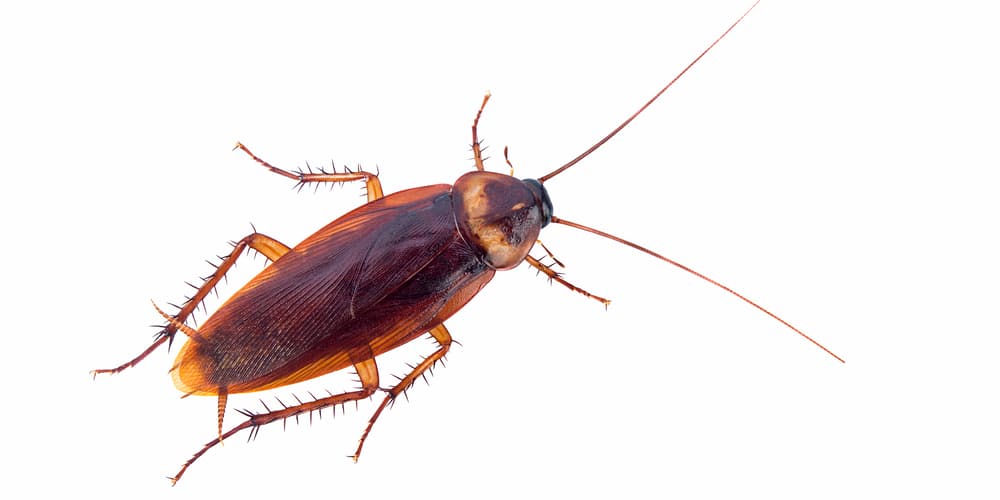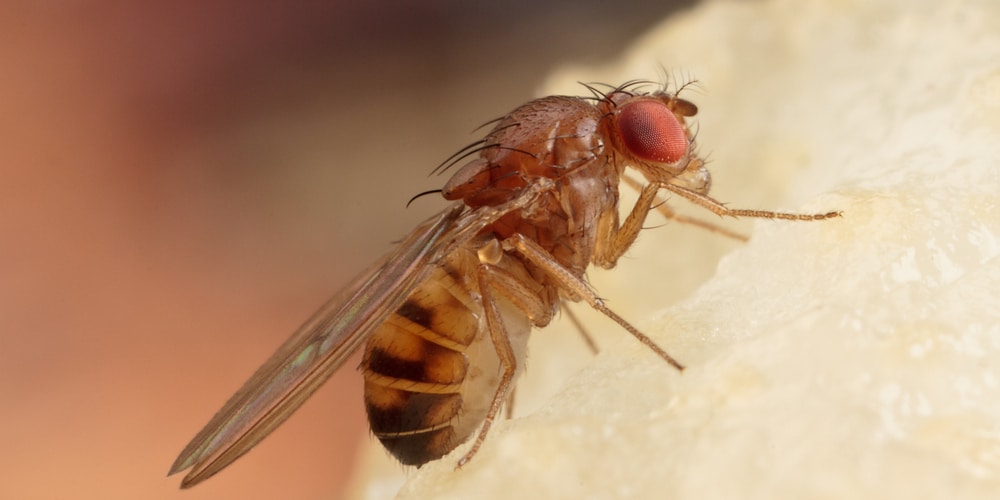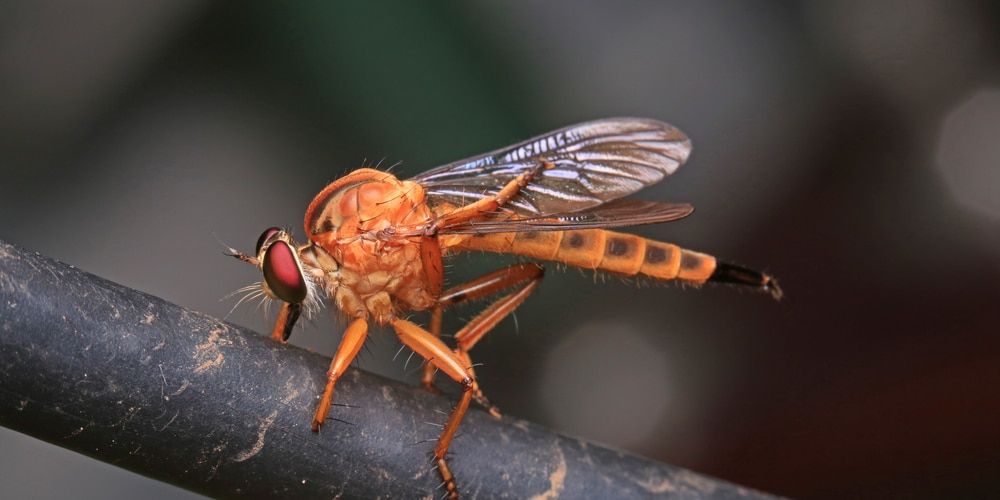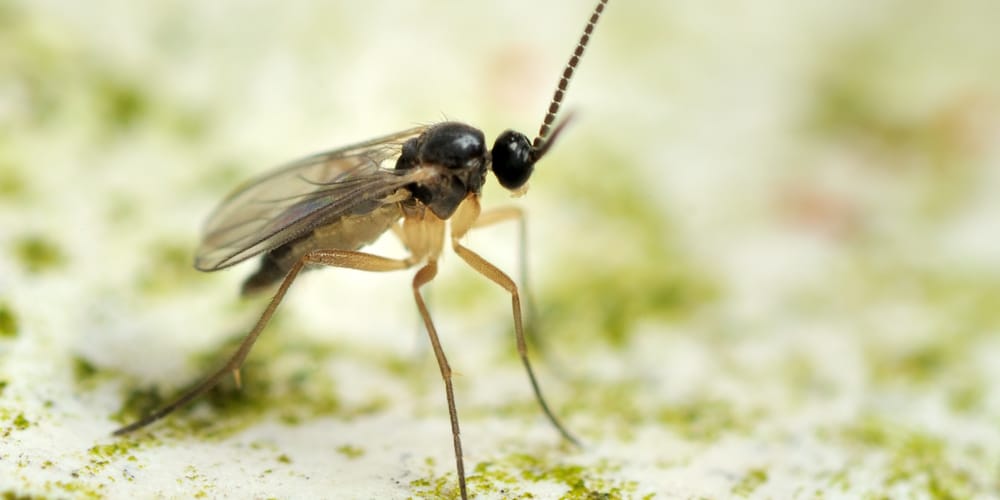Drain bugs are commonly found in your sinks, bathroom drains, septic tanks, sewers, and sewage-filled soil. They are unpleasant, and their presence means you need to clean out your drain. In this post, you will know the bugs that may be in your drain, why they breed there, and how to prevent/eradicate them.
Bugs that Come out of Drains
Drain Flies
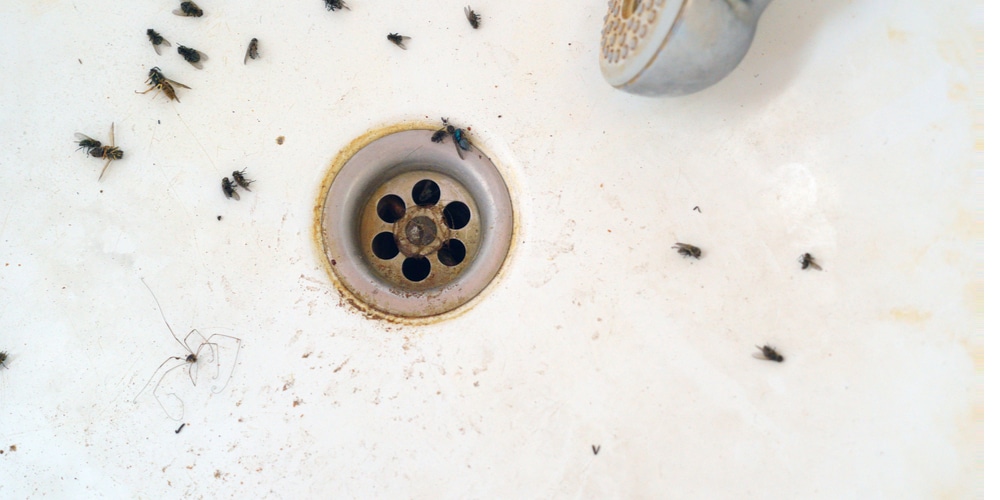
Drain flies are also called moth flies, and they are the most common pests in your drain. They have wings, and their bodies are hairy. These flies usually breed in sewers, sewage, septic tanks, drains, and contaminated soil.
If you have full garbage disposals, fungus, or busted pipes, do not be surprised to see some moth flies in your kitchen or bathroom. The fungus and sewage provide excellent conditions for drain flies to grow healthily and lay eggs. Drain flies stay in the drain until they are fully mature, then they come out to look for mates.
Cockroaches
Cockroaches can comfortably live in the drain because they have everything they need for survival. If you see a cockroach in our home, there are tons of them nearby. Roaches can contaminate your food, cause illness, and damage your walls with their waste and larva.
These insects thrive in the dark, humid environments, and that’s another reason they are the ultimate drain bugs. The leading cause of cockroaches is a cracked pipe. Since they live and breed along with the piping, a busted pipe makes it easier for them to invade your home. If you can’t get rid of roaches completely, hire an exterminator or pest expert to avoid the headache and irritation cockroaches bring.
Fruit Flies
Fruit flies are less damaging than most drain bugs. They are among the top household pests, especially around fruits and veggies. If you have eliminated any source of fruit flies, they are probably coming from your drain.
Fruit flies breed very fast, have a short life span, and hardly sleep. They can become a real pain in a few hours, just like gnats and drain flies. They are also prone to getting into food and drinks, leaving you with a lot of contamination to clean.
Phorid Flies
You can easily confuse phorid flies for fruit flies. Their main difference is that they do not breed near fruits and vegetables. You can also tell them apart from their hump-back stature.
Phorid flies love to dig in their natural habitats, and they can easily reach sewage drains and pipes. When they come out of the gutter, they crawl before flying. Therefore, if you spot tiny flies crawling and flying around the drain, they are likely phorid flies. The dirt build-up from hair, food waste, and organic products gives phorid flies all they need to breed and mature.
Fungus Gnats
Fungus gnats are also very common around and in the drain. Their bodies are slender with long legs. They are attracted to drains the same way drain flies are – through the fungus. The bugs are also found in moist soil and breed in the first three inches of soil. If you have any potted plants, watch out for fungus gnats.
Generally, fungus gnats are not harmless, but they are tough to handle. You should always ensure your drain has no cracks because any organic matter can sustain fungus gnats in your piping.
Getting Rid of Bugs that come out of Drains
There is no way to tell if bugs have infested your piping unless they come out crawling or flying. If you do not have the time and resources to access pest removal services regularly, below are a few hacks you can use.
To know if your drain is infested, seal it with duct tape overnight. The presence of bugs on the tape will prove a bug infestation. You can get rid of the bugs by boiling water with baking soda, vinegar, apple cider vinegar, and salt. Use this remedy twice a week to kill the larva completely.
Bugs that Come out of Drains: Final thoughts
For serious bug invasions, use chemical drain cleaners. Remember to read and follow all the instructions to stay safe and avoid recurring infestations. Preventive measures you can take are sealing your drains, fixing cracks and clogs, and keeping your sinks dry.
